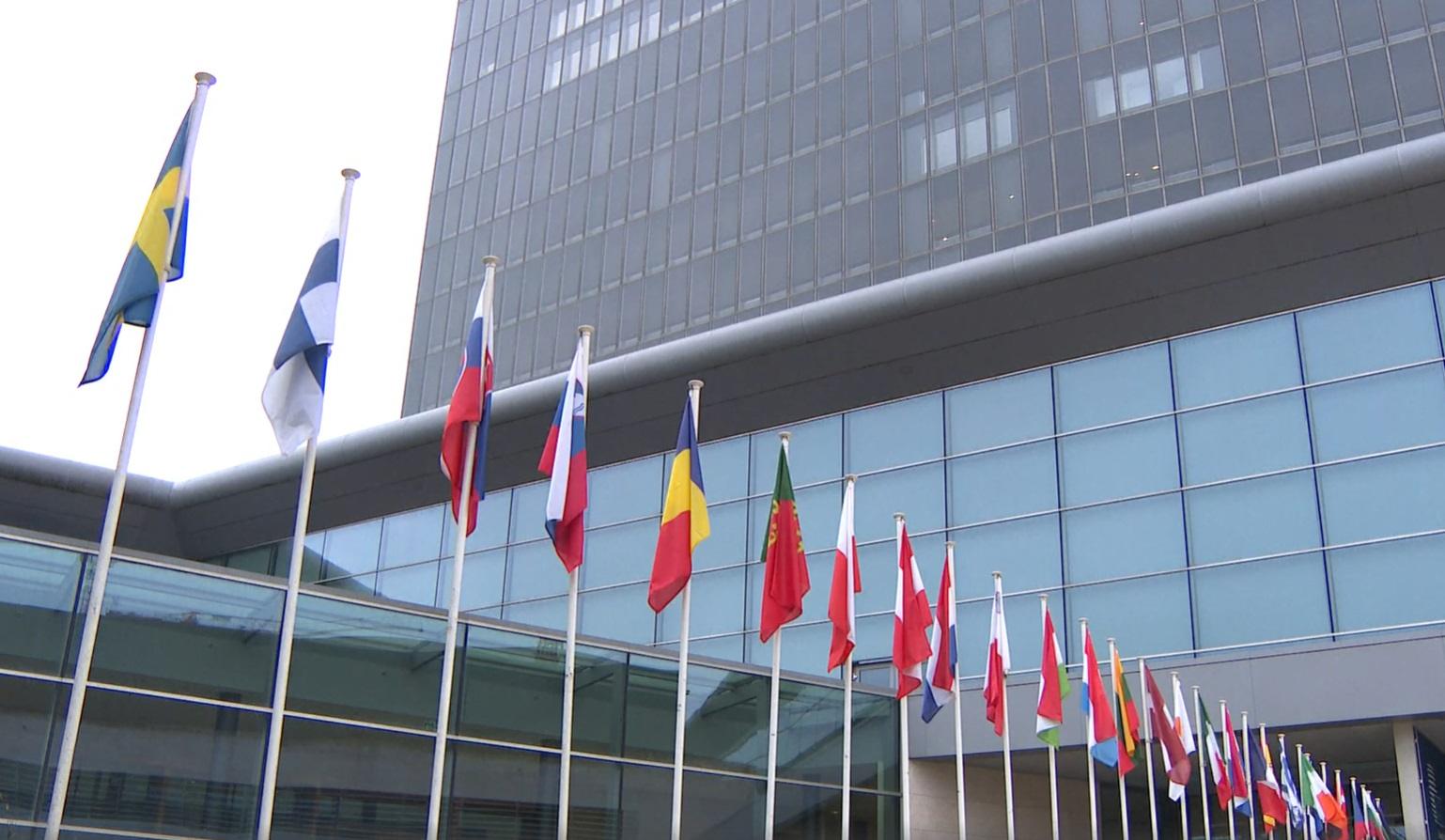India Releases Draft Climate Finance Taxonomy to Drive Capital to Net Zero Goals
India’s Ministry of Finance announced the release of a draft framework for its Climate Finance Taxonomy, its classification system for identifying sustainable economic activities aligned with its climate goals, aimed at enabling the facilitation of major capital flows required to support the net zero transition, while preventing greenwashing.
India has set a series of climate goals, including a target to achieve net zero emissions by 2070, and an interim target to reduce emissions intensity of its economy by 45% by 2030. Additionally, India has set an ambition to transition to approximately 50% electric power from non-fossil-based sources by 2030.
According to the Ministry of Finance, reaching India’s 2030 climate goal will require approximately $2.5 trillion of investment. In a statement announcing the release of the new framework, the ministry said that the Taxonomy is being designed with an objective to “facilitate greater resource flow to climate-friendly technologies and activities, enabling the country to achieve the vision of being Net Zero by 2070 while also ensuring long-term access to reliable and affordable energy.”
India’s taxonomy mark the latest in a series of initiatives across jurisdictions to set up a classification system for the definition of sustainable economic activities, including taxonomy systems already established or in development in the EU, UK, Singapore, Hong Kong, Canada, and Australia.
The new proposed Taxonomy will classify activities and projects by two categories, including “climate-supportive,” indicating that the activity contributes to specific objectives such as avoiding or reducing emissions, deploying adaptation activities to reduce climate change impacts, and R&D to meet these objectives, and; “transition supportive,” for projects that improve energy efficiency or reduce emissions intensity in sectors where absolute emissions avoidance is not yet viable.
At launch, the taxonomy aims to hard-to-abate sectors such as Iron, Steel and Cement, sectors with climate mitigation and adaptation co-benefits including Power, Mobility and Buildings, and key climate adaptation and resilience-building sectors including Agriculture, food and water security.
The proposed framework, setting out the rationale, objectives, principles and approach governing the classification of activities will form part of the new Taxonomy, alongside sector-specific annexes, which will specify measures, activities, and projects considered climate-supportive and those promoting the transition.
The Ministry of Finance launched a consultation on the new draft Taxonomy framework, which will remain open for comments until June 25, 2025. Click here to access the draft.





